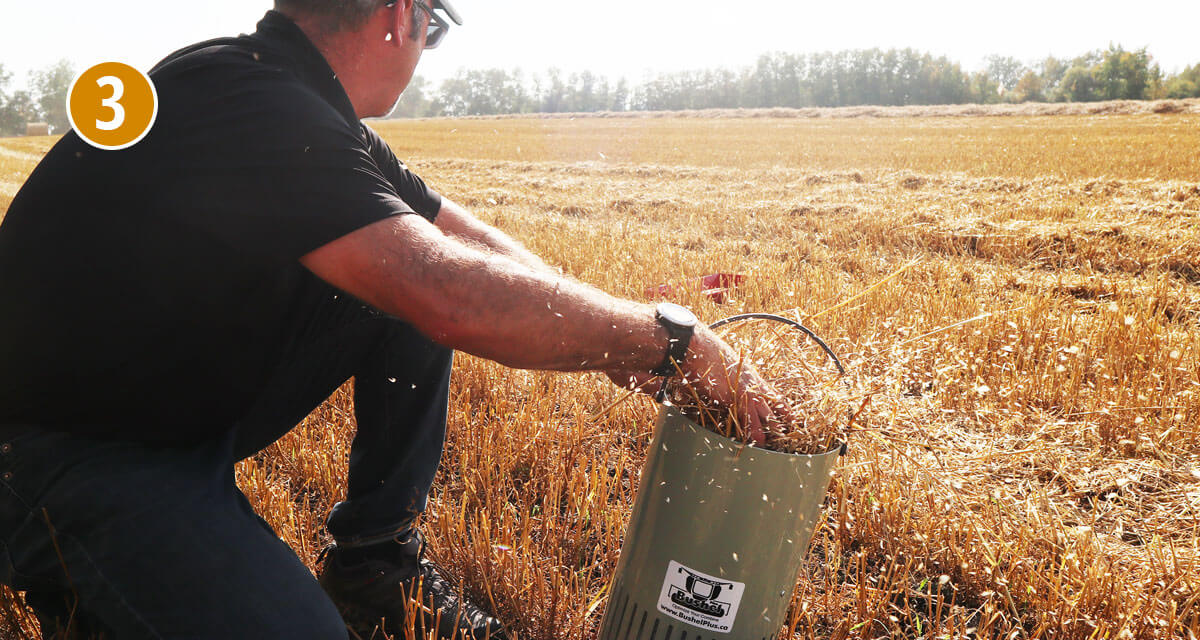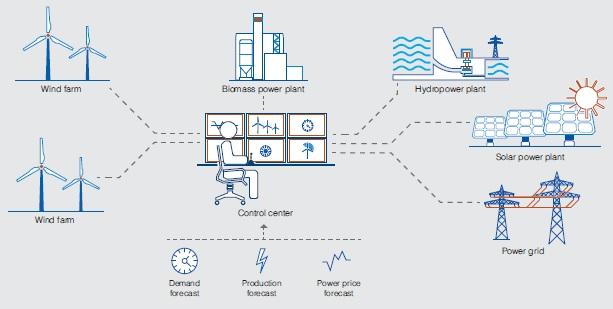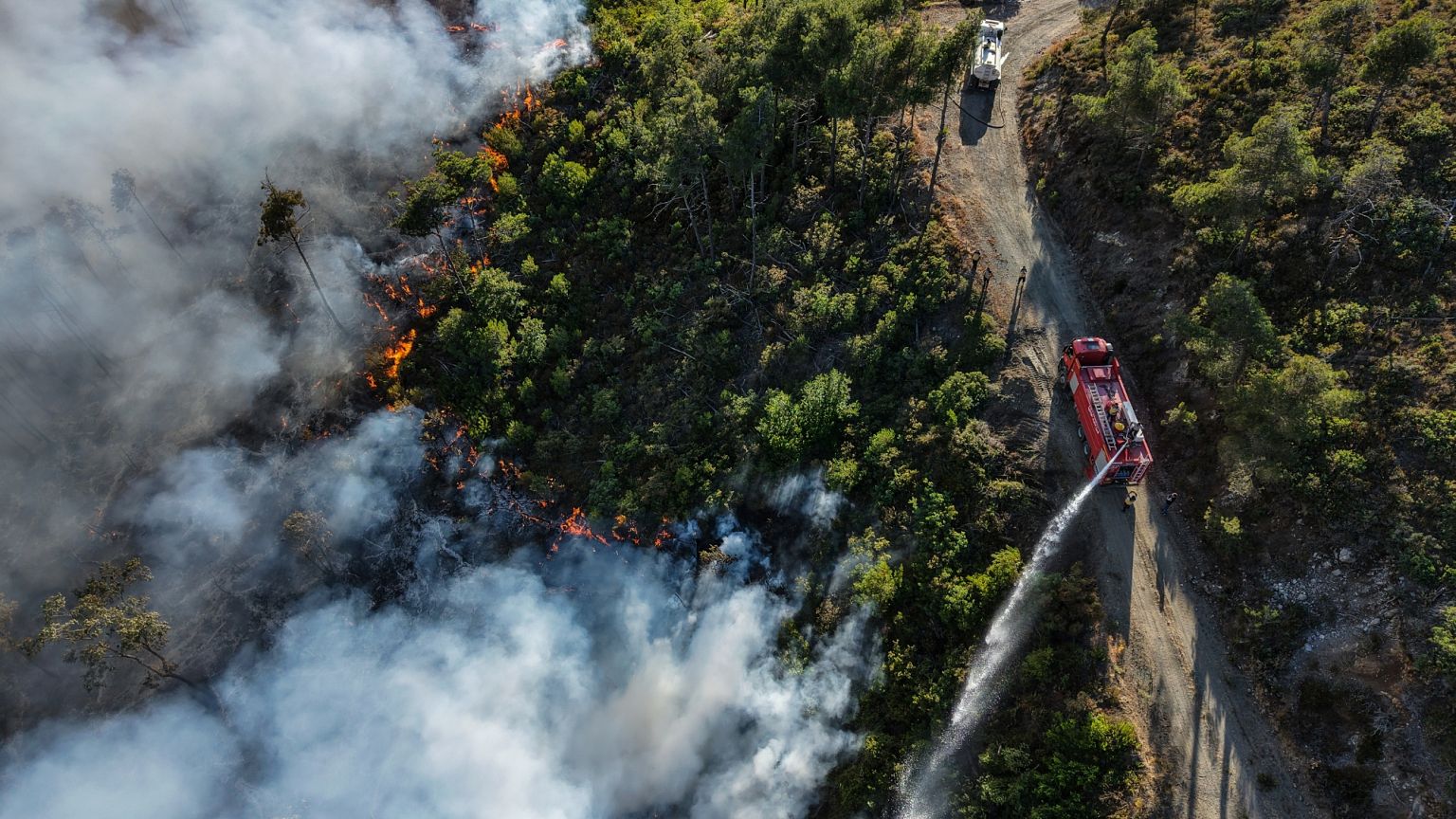Report on the Environmental and Health Impacts of Sewage Sludge Application on UK Farmland
Introduction
Treated sewage sludge, commonly referred to as biosolids, is extensively applied across UK farmland. Despite its promotion as an eco-friendly fertilizer, this material contains hazardous pollutants that pose significant risks to environmental and public health. This report highlights the critical concerns related to the use of sewage sludge in agriculture, emphasizing the implications for the Sustainable Development Goals (SDGs), particularly SDG 3 (Good Health and Well-being), SDG 6 (Clean Water and Sanitation), SDG 12 (Responsible Consumption and Production), and SDG 15 (Life on Land).
Key Findings
-
Prevalence of Pollutants in Sewage Sludge
- Approximately 87% of sewage sludge produced by UK water companies is spread on farmland.
- The sludge contains hazardous substances including per- and polyfluoroalkyl substances (PFAS), pharmaceuticals, microplastics, and banned chemicals such as perfluorooctanesulfonic acid (PFOS).
- Current regulatory frameworks mandate testing only for a limited number of heavy metals, leaving many toxic pollutants unmonitored.
-
Environmental Risks from Sludge Storage and Application
- One in twenty sludge storage sites are located within 100 meters of rivers, increasing the risk of water contamination.
- More than 1,200 storage sites are situated near eutrophic waters already affected by pollution, exacerbating ecosystem degradation.
- Microplastics derived from sludge have been found to persist in soil for decades, contributing to long-term environmental pollution.
-
Regulatory and Enforcement Challenges
- The Environment Agency’s enforcement of sludge regulations is minimal and relies on outdated standards established in 1989.
- There is a lack of comprehensive monitoring and control measures addressing the full spectrum of pollutants present in sewage sludge.
Implications for Sustainable Development Goals
- SDG 3: Good Health and Well-being – The presence of PFAS, hormone disruptors, and other toxic chemicals in sludge poses direct threats to human health, including immune suppression, cancer, and reproductive harm.
- SDG 6: Clean Water and Sanitation – Proximity of sludge storage to water bodies risks contamination through runoff, contributing to nutrient pollution and harmful algal blooms.
- SDG 12: Responsible Consumption and Production – The current practice of recycling sewage sludge as fertilizer lacks adequate regulation and oversight, undermining sustainable production and consumption patterns.
- SDG 15: Life on Land – Persistent pollutants in sludge degrade soil quality and threaten terrestrial ecosystems, affecting biodiversity and ecosystem services.
Expert Commentary
Richard Benwell, Chief Executive of Wildlife and Countryside Link, stated:
“Though sludge could be a beneficial fertiliser, it is mixed with the dregs of chemical pollutants. Damaging PFAS, BPA, and glyphosate are prevalent in sludge. Regulation must be strengthened to protect public health and the environment.”
Conclusion and Recommendations
The practice of spreading treated sewage sludge on farmland integrates wastewater and agricultural pollution pathways into a single, underregulated system. This results in the dissemination of persistent and hazardous pollutants into soils, water bodies, and the food chain, undermining multiple SDGs.
To align with the objectives of sustainable development, it is imperative to:
- Enhance regulatory frameworks to include comprehensive testing for a broad range of chemical pollutants in sewage sludge.
- Implement stricter enforcement mechanisms to ensure compliance with updated environmental standards.
- Promote research and development of safer alternatives to sewage sludge application in agriculture.
- Increase transparency and public awareness regarding the risks associated with sludge use.
References
- Rachel Salvidge, The Guardian
- Environmental Health News: PFAS Information
- EPA and Sludge-Based Fertilizer Concerns
- Related Environmental Health News Article
1. Sustainable Development Goals (SDGs) Addressed or Connected
- SDG 3: Good Health and Well-being – The article highlights public health risks due to hazardous pollutants like PFAS, pharmaceuticals, and microplastics in sewage sludge spreading on farmland, which can affect immune systems, cause cancer, and reproductive harms.
- SDG 6: Clean Water and Sanitation – The contamination of rivers and eutrophic waters by sludge storage sites near water bodies relates directly to water pollution and sanitation issues.
- SDG 12: Responsible Consumption and Production – The use of sewage sludge as fertilizer, containing banned chemicals and persistent pollutants, touches on sustainable management and reduction of waste and hazardous chemicals.
- SDG 14: Life Below Water – Runoff from sludge storage near rivers and water bodies can cause nutrient pollution and harmful algal blooms, impacting aquatic ecosystems.
- SDG 15: Life on Land – The persistence of microplastics and chemical pollutants in soil affects terrestrial ecosystems and biodiversity.
2. Specific Targets Under Those SDGs Identified
- SDG 3 Targets:
- Target 3.9: Reduce the number of deaths and illnesses from hazardous chemicals and air, water and soil pollution and contamination.
- SDG 6 Targets:
- Target 6.3: Improve water quality by reducing pollution, eliminating dumping, and minimizing release of hazardous chemicals and materials.
- SDG 12 Targets:
- Target 12.4: Achieve environmentally sound management of chemicals and all wastes throughout their life cycle.
- Target 12.5: Substantially reduce waste generation through prevention, reduction, recycling, and reuse.
- SDG 14 Targets:
- Target 14.1: Prevent and reduce marine pollution of all kinds, particularly from land-based activities.
- SDG 15 Targets:
- Target 15.1: Ensure the conservation, restoration and sustainable use of terrestrial and inland freshwater ecosystems and their services.
3. Indicators Mentioned or Implied to Measure Progress
- Indicator for SDG 3.9: Number of deaths and illnesses from hazardous chemicals and pollution exposure; implied by references to health impacts from PFAS and other pollutants in sludge.
- Indicator for SDG 6.3: Proportion of water bodies with good ambient water quality; implied by contamination of rivers and eutrophic waters near sludge sites.
- Indicator for SDG 12.4: Amount of hazardous waste generated, treated, and disposed of in an environmentally sound manner; implied by the lack of regulation and testing for pollutants in sludge.
- Indicator for SDG 14.1: Concentration of key pollutants in marine and freshwater environments; implied by nutrient pollution and harmful algal blooms caused by sludge runoff.
- Indicator for SDG 15.1: Proportion of land area covered by forest, protected areas, and affected by pollution; implied by persistence of microplastics and chemical pollutants in soil affecting ecosystems.
4. Table: SDGs, Targets and Indicators
| SDGs | Targets | Indicators |
|---|---|---|
| SDG 3: Good Health and Well-being | Target 3.9: Reduce deaths and illnesses from hazardous chemicals and pollution | Number of deaths and illnesses from hazardous chemicals and pollution exposure (implied) |
| SDG 6: Clean Water and Sanitation | Target 6.3: Improve water quality by reducing pollution and hazardous chemical release | Proportion of water bodies with good ambient water quality (implied) |
| SDG 12: Responsible Consumption and Production |
Target 12.4: Environmentally sound management of chemicals and wastes Target 12.5: Reduce waste generation through prevention, recycling, and reuse |
Amount of hazardous waste generated and treated in an environmentally sound manner (implied) |
| SDG 14: Life Below Water | Target 14.1: Prevent and reduce marine pollution from land-based activities | Concentration of key pollutants in marine and freshwater environments (implied) |
| SDG 15: Life on Land | Target 15.1: Conservation and sustainable use of terrestrial and freshwater ecosystems | Proportion of land affected by pollution and ecosystem degradation (implied) |
Source: ehn.org







